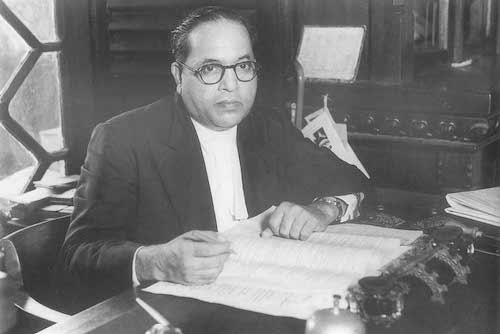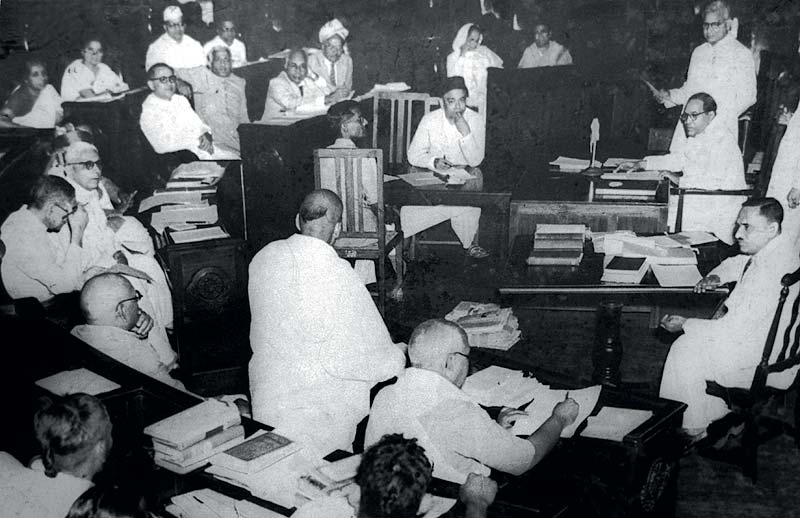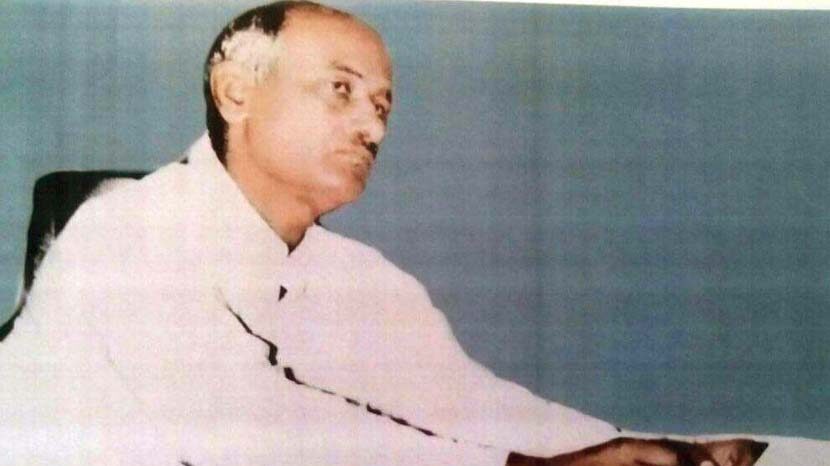14 November in independent India has been Children’s Day in honour of “chacha” Nehru’s birth anniversary. Last year, as the newest prime minister, headmasterish Narendra Modi tried to play “chacha” to the nation’s school children. This year, fresh from the stinging Bihar election rebuff, he was in London – to see the Queen, Prime Minister David Cameron and to address Parliament. While he once again wowed a Wembley stadium full of mainly upper caste/class NRIs, there were more than the usual protests against his past and even present record, including regarding Dalits and Tribals.
If only to continue the appeasement of Dalits back home, Modi made time on that day to visit and inaugurate the terrace house where Ambedkar roomed while completing his doctoral studies at the London School of Economics.
 After a 20-minute tour of the new Ambedkar memorial, it was literally “business as usual”. Modi set off for his much longer tour of the Tata Motors-owned Jaguar Land Rover factory. Ironically, Ambedkar would have been more at home with the industrialization and manufacturing emphasis of Modi’s economics than his Gandhian or Ambedkarite posturing. To understand this read Abhay Kumar’s incisive analysis of Gandhi’s and Ambedkar’s very different attitudes to modern technology.
After a 20-minute tour of the new Ambedkar memorial, it was literally “business as usual”. Modi set off for his much longer tour of the Tata Motors-owned Jaguar Land Rover factory. Ironically, Ambedkar would have been more at home with the industrialization and manufacturing emphasis of Modi’s economics than his Gandhian or Ambedkarite posturing. To understand this read Abhay Kumar’s incisive analysis of Gandhi’s and Ambedkar’s very different attitudes to modern technology.
That Ambedkar had very clearly thought out views on this or other aspects of India’s economics should not surprise us. He was first and foremost an economist, by training as well as in practice. His later accomplishments in other fields have eclipsed Ambedkar the economist. Hence this Ambedkar special issue’s Cover Story gives overdue focus to this ignored aspect of this giant. Rajesh Kumar ‘Gauher’ gives us a wide sweep of Ambedkar’s command of and contributions to the shaping of modern India’s economics based on the touchstone of justice and equity. Given his own humble roots and continued connections with the Dalitbahujan communities, Ambedkar showed great empathy (versus a Gandhian sympathy) for the landless and small farmers, industrial labourers and the poorer sections in general.
Ambedkar’s rational (versus Gandhi’s emotional or Nehru’s idealistic) economics saw him support a reformed agricultural sector which he saw as a base of raw materials and capital formation for India’s rapid industrialization. In addition, there is much more new food for thought on Ambedkar in this special issue.
Had this not been our traditional Ambedkar special, the recently concluded Bihar assembly elections would have stolen the limelight. However, as promised, we have two special treats for FP readers: an exclusive Bihar post-poll analysis by a son of Bihar, Sanjay Kumar, CSDS director; also, the unique and insightful analysis by Prem Kumar Mani.
A post-poll editorial article elsewhere by a Patna-based economic observer, Shaibal Gupta, makes some important points. He suggests the new Bihar government deepen the fresh mandate for development with social justice to include the defeated EBCs and Mahadalits, and then marry it with Bihari sub-nationalism. He cites the success of this approach by Bahujan regimes in southern states to successfully co-opt even Savarna elites in the regional development project.
Gupta adds, with a note of realism, “authentic market engagement is built on the edifice of land reform”. Until here I would endorse his advice, but then he concludes with the pious hope that “Nitish will model himself on the Nehruvian ethos”. Nehru as a model on this critical transition? No, Dr Gupta, it is Dr Ambedkar that Bihar’s Bahujan Triveni Sangh need to adopt as their lead economist in this direction.
Published in the December 2015 issue of the FORWARD Press magazine





